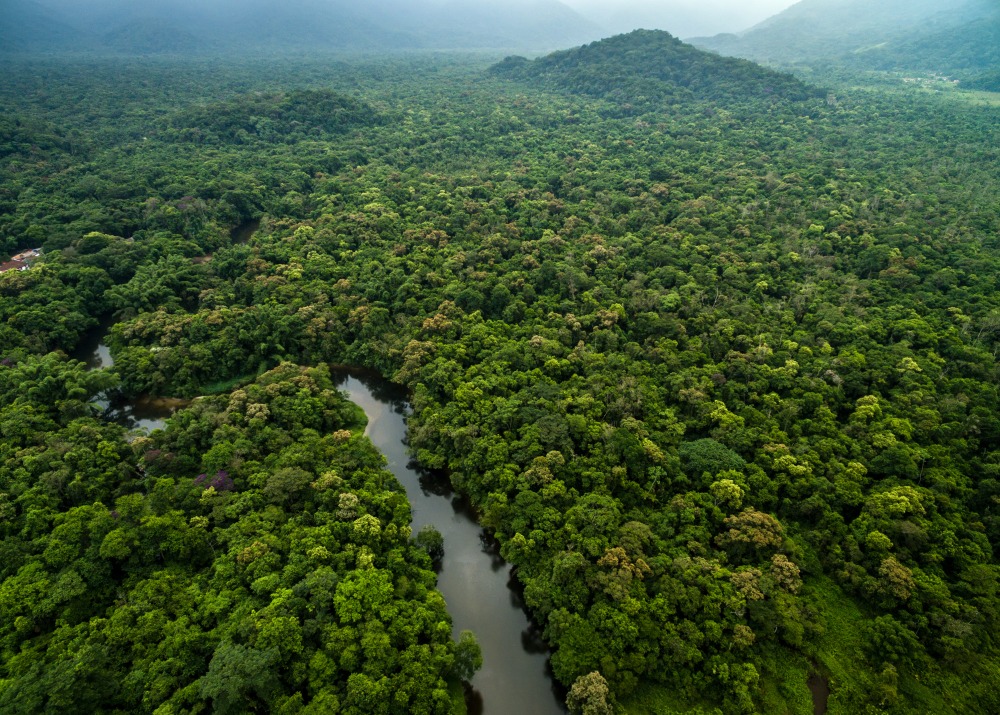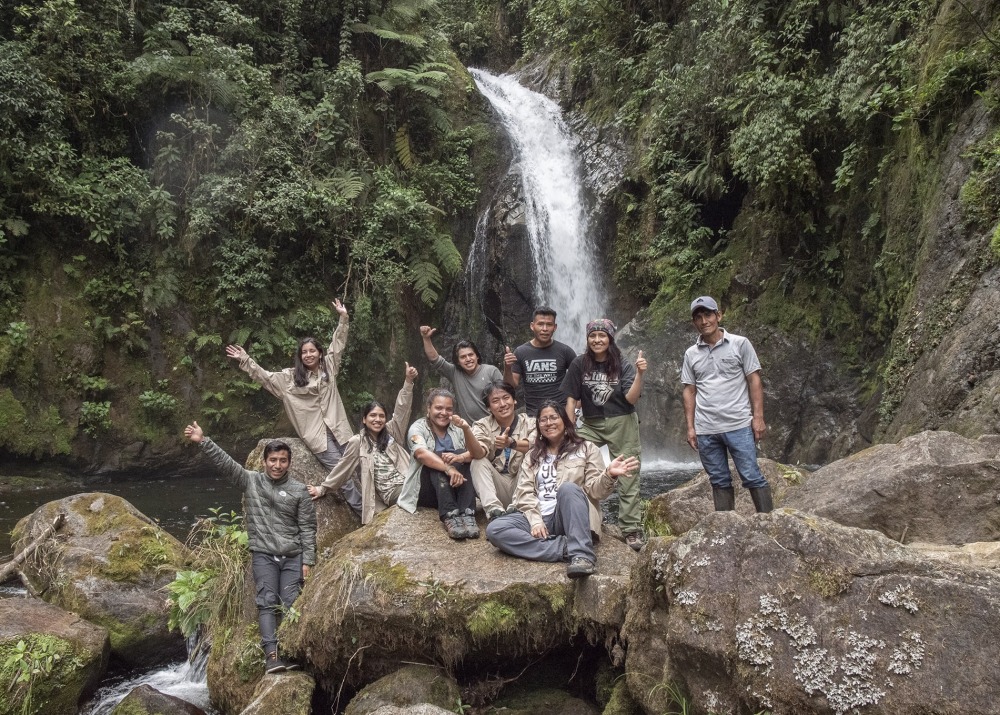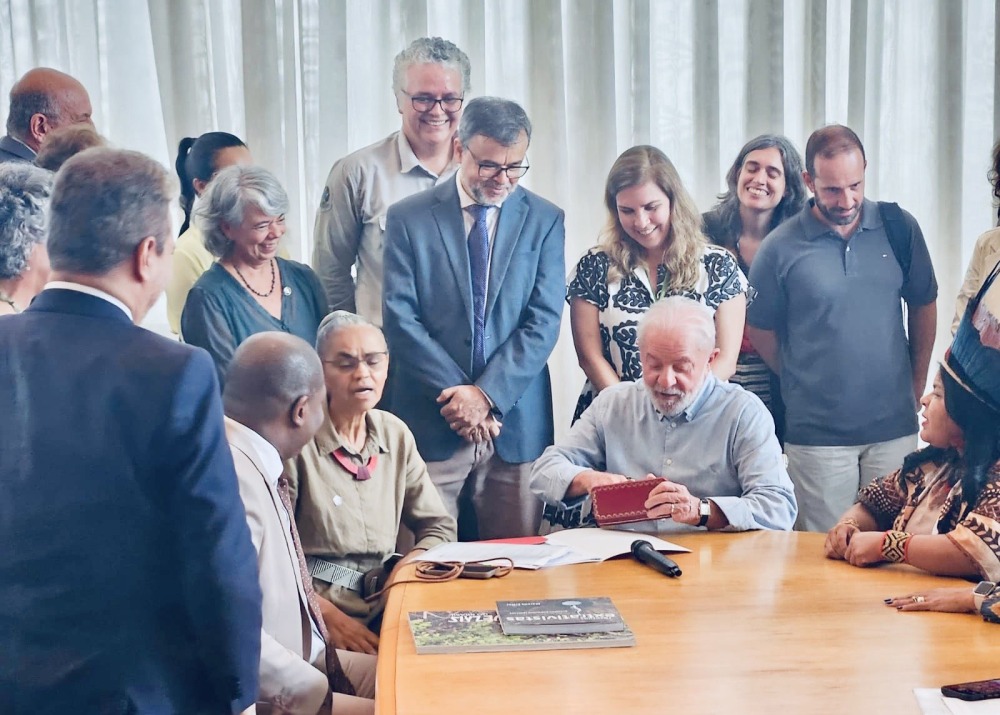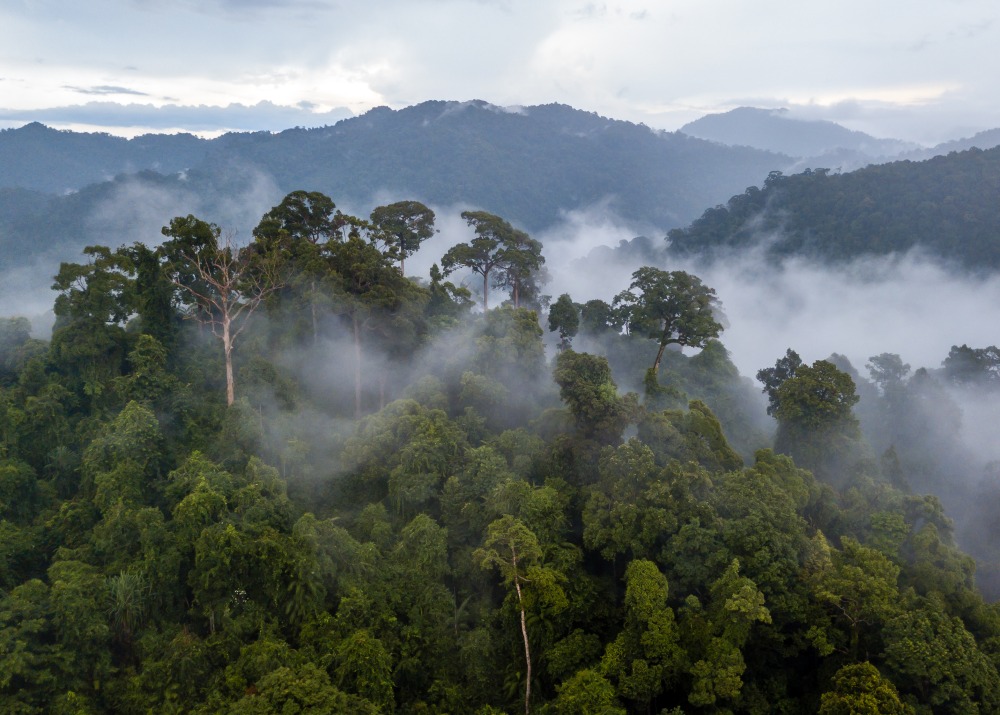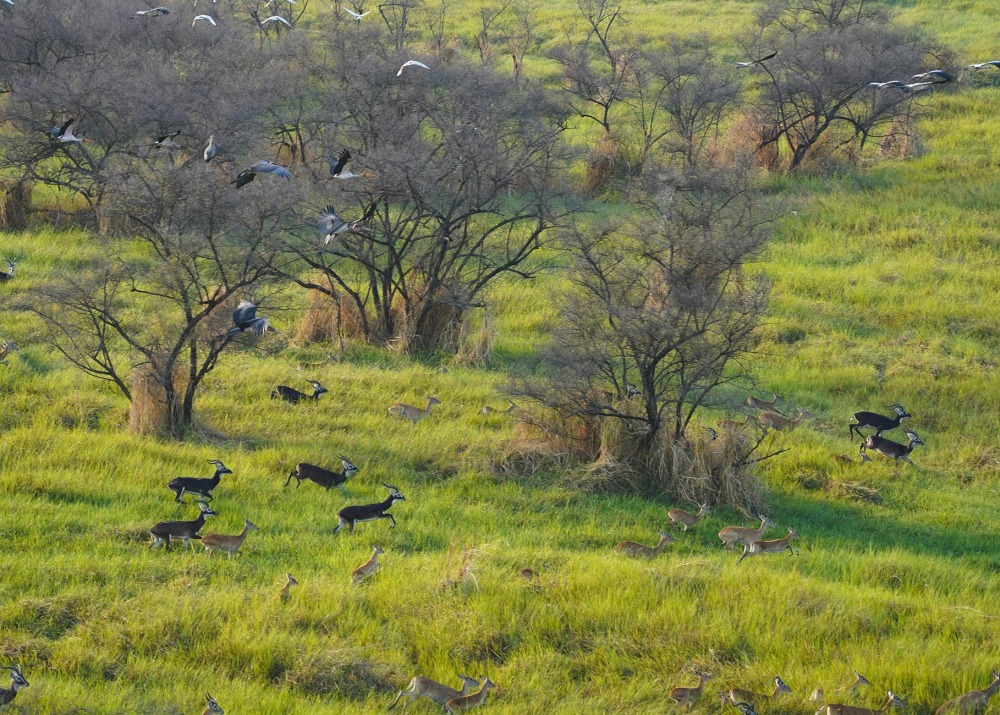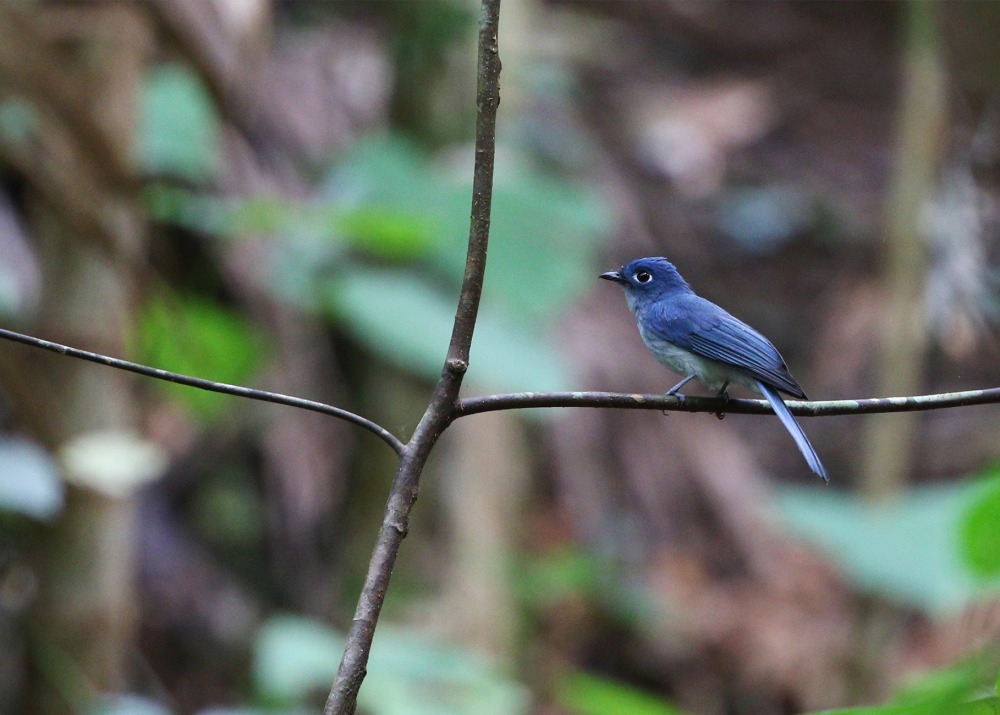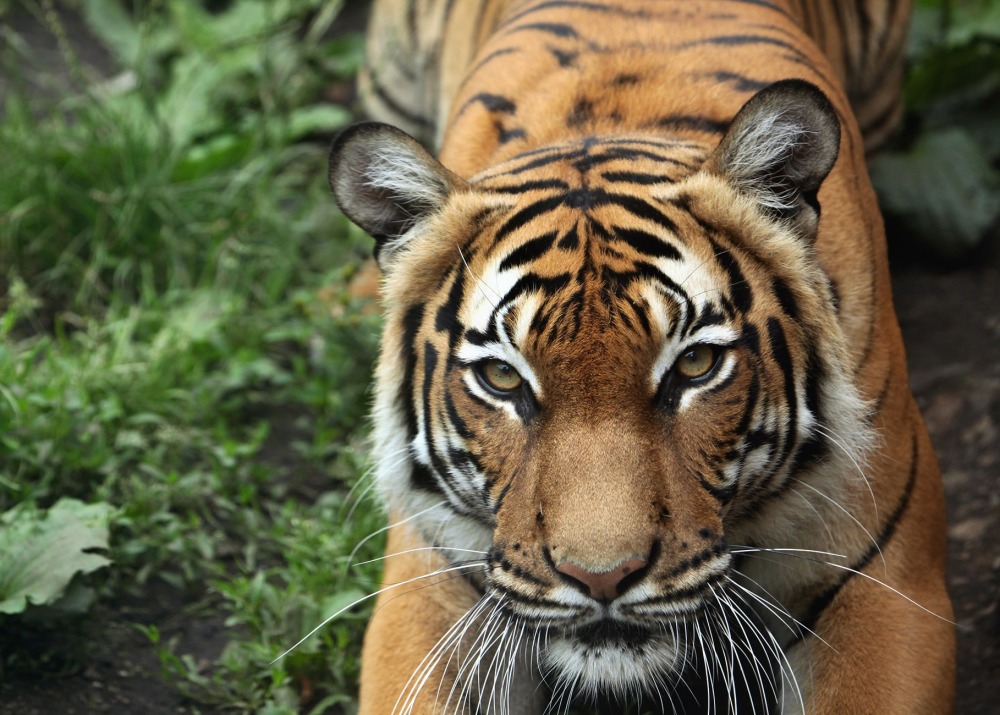Rainforest Trust and its Partners Have Protected More Than One Million Acres to date in 2022
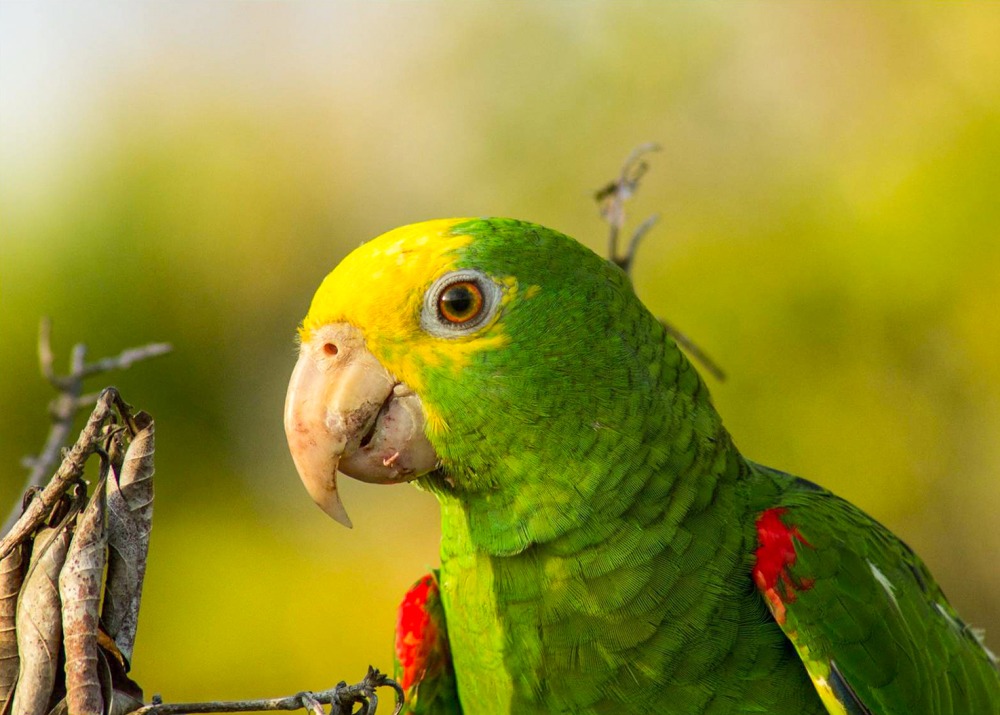
Rainforest Trust and its partners protected more than one million acres of habitat so far in 2022. While the COVID-19 pandemic led to many challenges, the organization was able to overcome these hurdles, protecting invaluable acreage.
Acres protected include projects in Belize, Ecuador, Guatemala, Bangladesh, and Myanmar.
In Belize, Rainforest Trust worked with partner Re:Wild, to protect the Maya Forest Corridor. The Critically Endangered Central American River Turtle, endemic to this area, is the only living species in its family. The species is known to reside in wetlands of the Maya Forest Corridor, and researchers have identified this site as the most important location in Belize for the protection of the species.
Rainforest Trust worked with Sumac Muyu Foundation and Fundación de Conservación Jocotoco in Ecuador to protect acres in the Bigal Biological and Rio Canandé Reserves respectively. The Río Canandé Reserve has been identified as an Important Bird Area and serves as a refuge for more than 350 different bird species. This area is also critical for the Mache Cochran Frog, as it’s one of the few sites where the species is found. The largest surviving population of Brown-headed Spider Monkeys–which has been listed as one of the 25 most endangered primate species on earth–can also be found here.
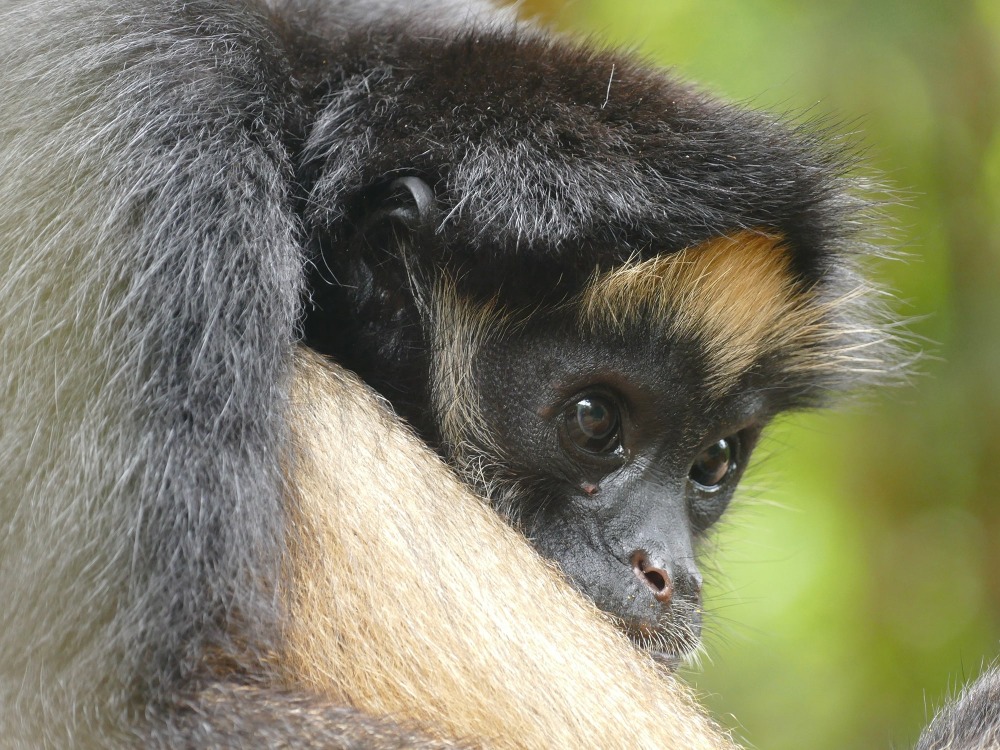
In Guatemala, Rainforest Trust worked in collaboration with Fundación para el Ecodesarrollo y la Conservación (FUNDAECO). FUNDAECO and Rainforest Trust protected important habitat for species like the Guatemala Spikethumb Frog, Endangered Yucatán Black Howler Monkey, and the Endangered Geoffroy’s Spider Monkey. Several species of newly described salamander have also been discovered in this region, highlighting the importance of the location, and the biodiversity that resides here.
In Bangladesh, Rainforest Trust worked with Wildlife Conservation Society Bangladesh to establish the Teknaf Coast and St. Martin Island Marine Protected Area, a total of nearly 430,705 acres. Protection of this area safeguarded a number of key species including sea turtles, a wide Critically Endangered Ganges Shark, Largetooth Sawfish, and Spoon-billed Sandpiper, as well as Endangered Irrawaddy Dolphin, Longhead Eagle Ray, Mottled Eagle Ray, and Critically Endangered Staghorn Coral.
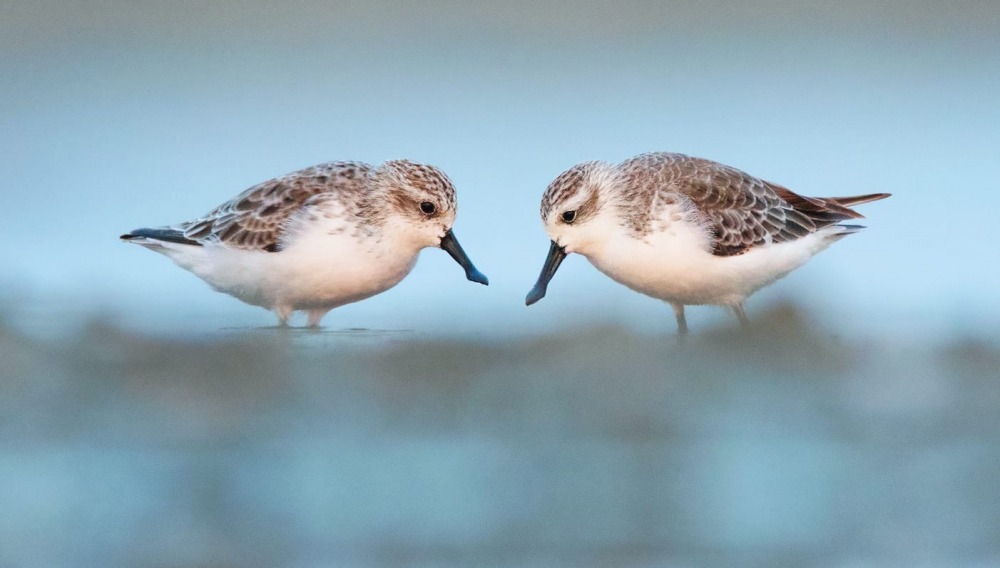
In Myanmar, Rainforest Trust worked alongside partner Friends of Wildlife to establish Zalontaung National Park and Maharmyaing Wildlife Sanctuary, for a combined total of nearly 350,188 acres protected.
Studies show that protected areas are one of the most cost-effective ways to safeguard nature, vulnerable human populations, and climate–provided they are well-managed and respect the rights and needs of Indigenous populations and local communities. Strong working relationships with local partners is critical to Rainforest Trust’s conservation work. Together, Rainforest Trust and its partners develop plans to establish and maintain protected areas that are based on science and best practices for each location. Ninety-nine percent of the forest area Rainforest Trust has protected remains standing post protection.
In September of 2021, Rainforest Trust made a $500 million commitment to reverse biodiversity loss by 2030, joining the largest ever private funding commitment to biodiversity conservation. This pledge highlights the increasing importance of protected areas, and the role they play in the future of conservation, and species loss. The organization has protected more than 38 million acres since its inception and is well on its way to protecting 125 million additional acres of habitat by 2025.
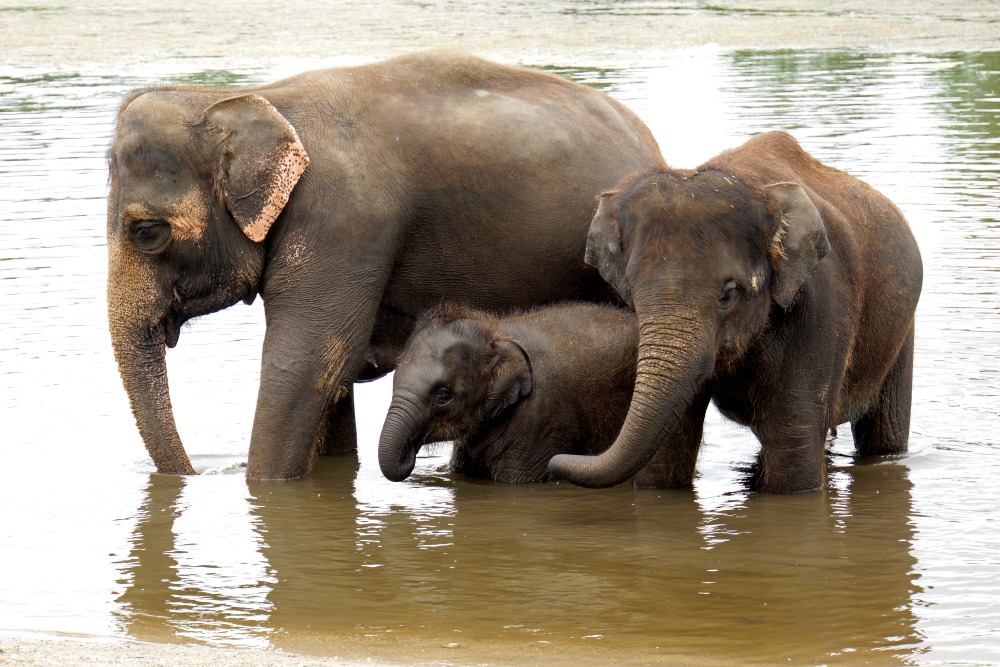
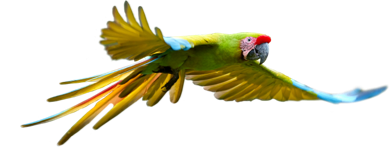
Sign up to receive the latest updates
"*" indicates required fields



